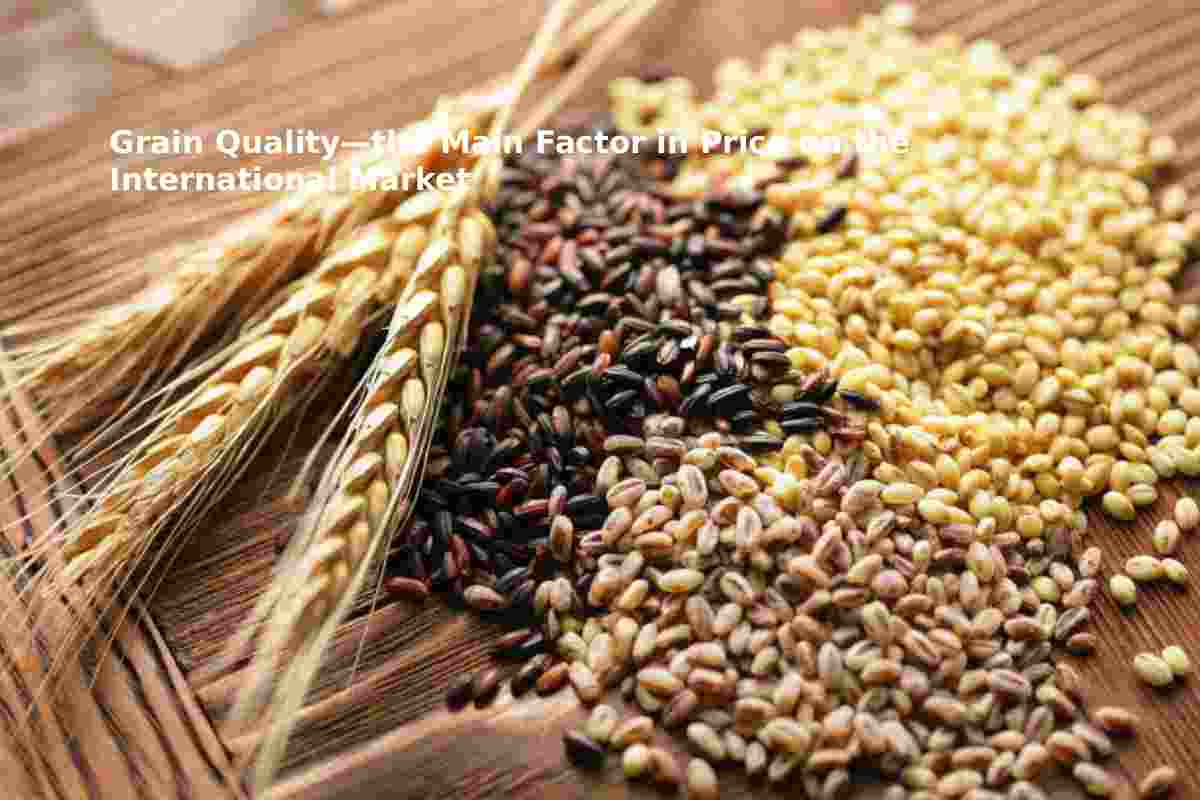
Competition on the international grain market is extremely high: exporting countries compete not only on shipment volumes but also on product quality. For an overseas buyer, it is important not just to receive wheat, corn, or barley but to be confident in their grade, cleanliness, moisture content, and absence of harmful impurities. All these parameters directly affect the final contract price. Therefore, grain quality is a strategic asset for any agricultural producer or trader working in export.
What Is “Quality Grain” in Global Standards
Strict requirements apply in international grain trade, regulated by standards from organizations such as GOST, ISO, and the USDA, as well as by the requirements of specific importers. “Quality grain” is generally understood as raw material that meets the following criteria:
- The content of impurities (mineral, organic, insect-infested) does not exceed the established threshold.
- Grain of the same size and density, without mechanical damage.
- Low moisture. A guarantee of long-term storage without mold and toxins.
- Absence of toxins. Fusarium, aflatoxins, and pesticide residues are unacceptable.
- Good germination (for seed material). Confirms the viability of the grain.
Even a slight excess in moisture or impurities automatically downgrades the lot to a lower category, which costs significantly less.
How Exactly Quality Affects the Price of Grain
Pricing in export contracts is based on grain grade. For example, Class 2 wheat can cost 20–30% more than Class 4. Feed grain, which is unsuitable for food or seed purposes, loses even more in price. On large volumes, even a small difference in grade amounts to thousands of dollars in profit or loss.
In addition, on global exchanges quality grain is sold with a premium over the base price. This especially applies to wheat with a high protein content or corn with minimal mycotoxins.
The Role of Aerodynamic Grain Dryers in Improving Grain Quality
To increase the export value of grain, farmers must ensure proper cleaning and sorting of the harvest. This is where modern equipment—specifically aerodynamic grain dryers and grain cleaning machines—plays an important role.
Their main task is to remove from the grain mass:
- dust, light impurities, broken kernels,
- fractions damaged by fungi,
- pests, including larvae and eggs,
- excess moisture (if we are talking about combined-type dryers).
Thanks to air-flow cleaning without mechanical contact, the grain is not damaged and retains its integrity, which is critically important when preparing seed material. Equipment such as Metra grain cleaning machines enables a high level of cleanliness that meets the requirements of global buyers.
Additional Advantages for Agro-Exporters
In addition to increasing the price per bushel of grain, high-quality preparation of the harvest using modern aerodynamic equipment offers other benefits:
- Fewer claims from the buyer — lower risks of lot rejection.
- Access to new markets — including the EU, Japan, and South Korea, where quality control is especially strict.
- Better storage conditions — dry, clean grain stores longer without loss of quality.
- Reduced losses during transportation — less mold, less self-heating.
- Opportunities for product certification (e.g., organic or non-GMO), which increases its market value.
The use of aerodynamic grain dryers and grain cleaning machines makes it possible to achieve high quality without excessive costs and effort. This is a practical solution for those who want not just to grow grain but to trade it confidently on world markets.